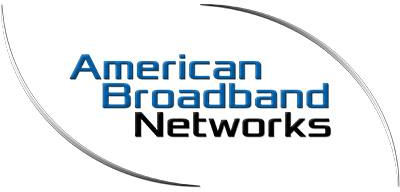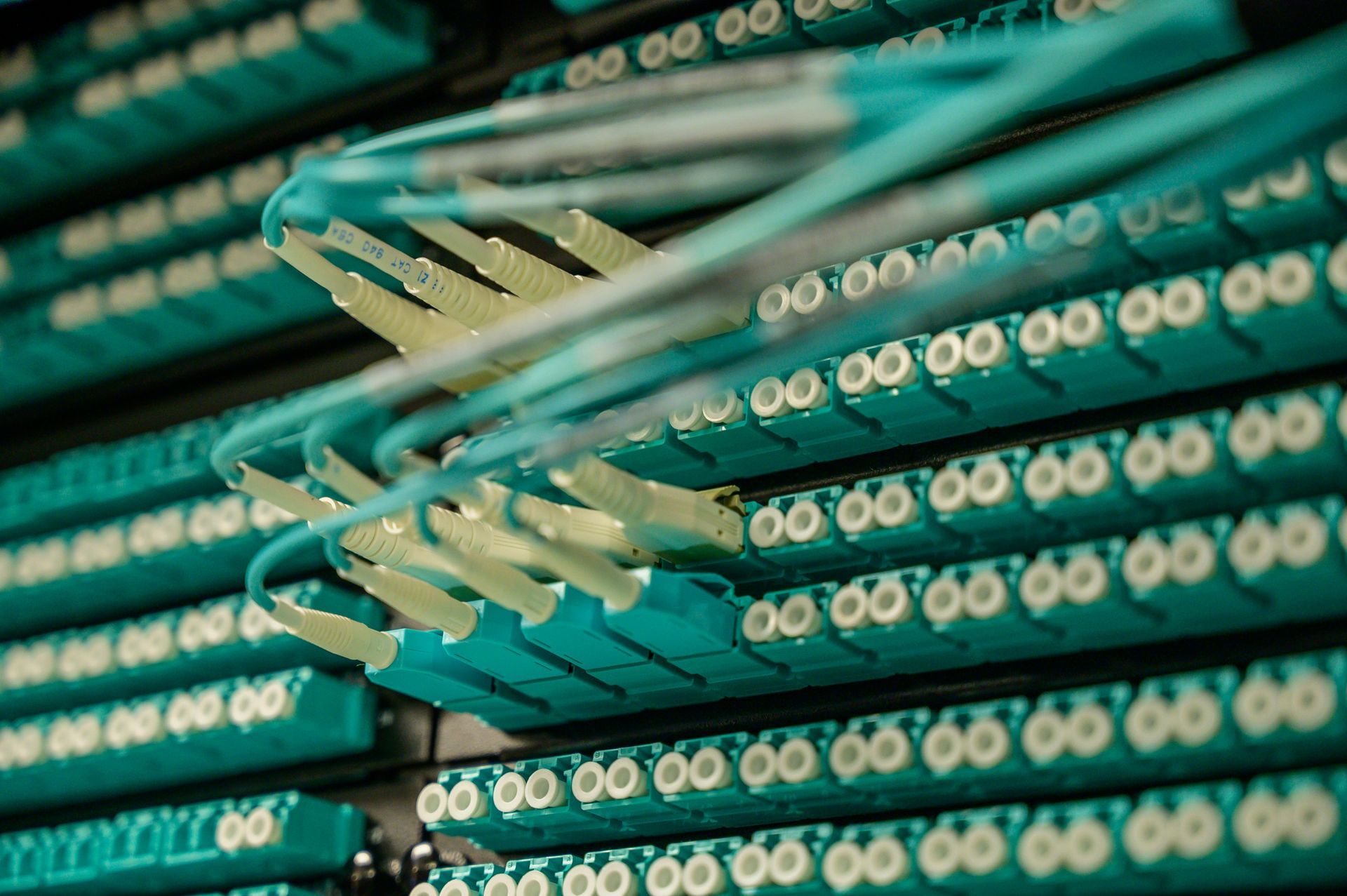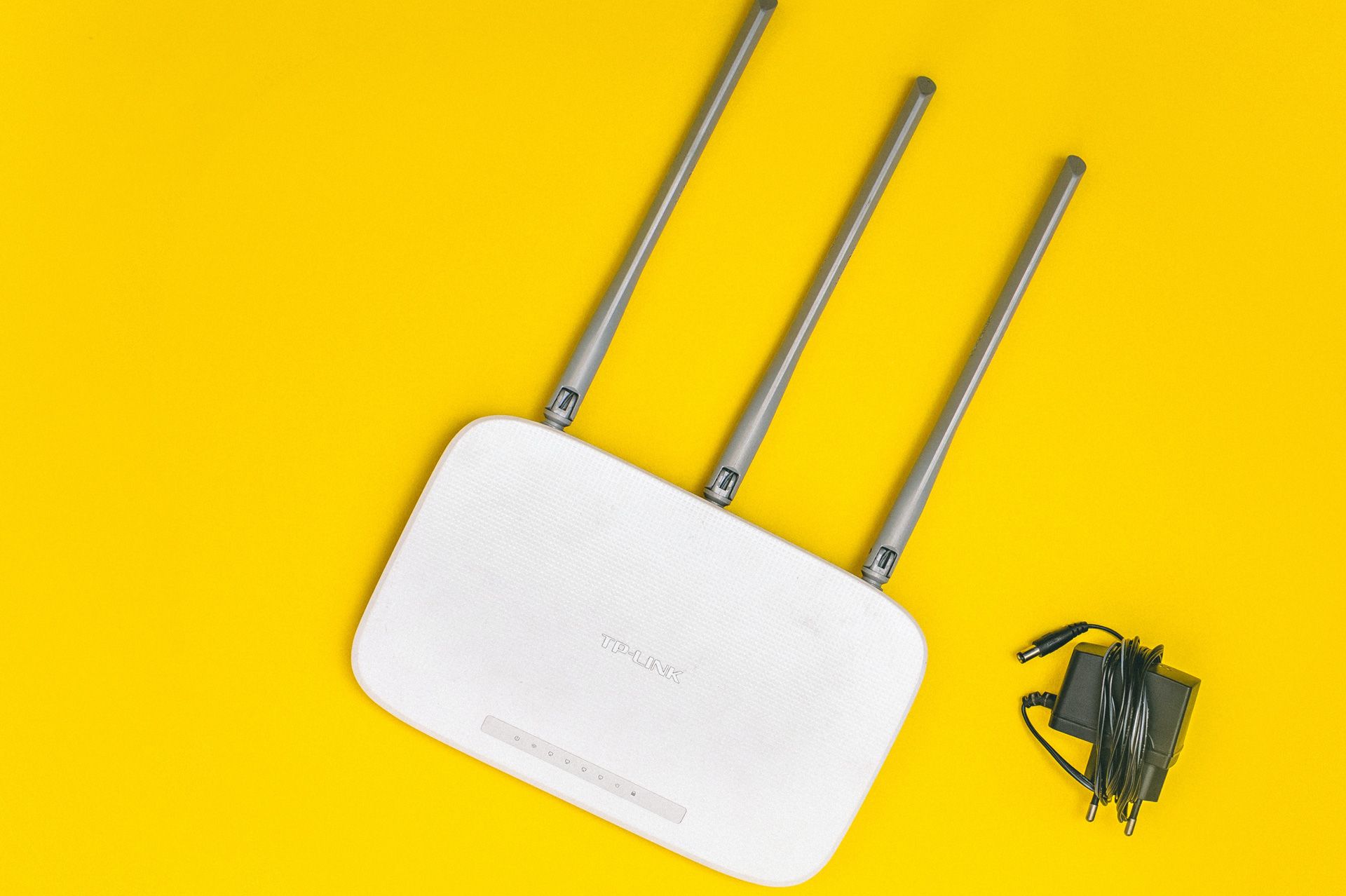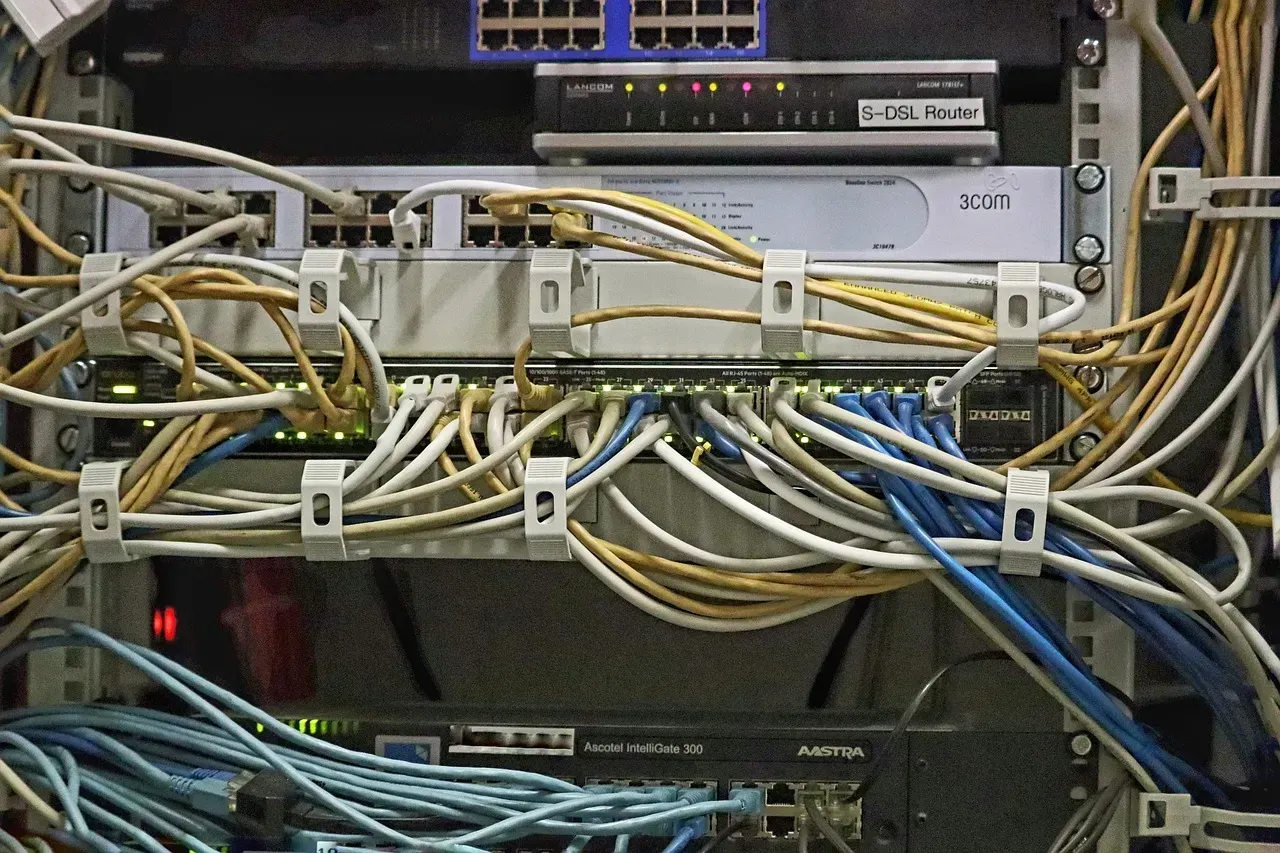Navigating Cable Standards: Cat 5e, Cat 6, and Cat 6a Explained
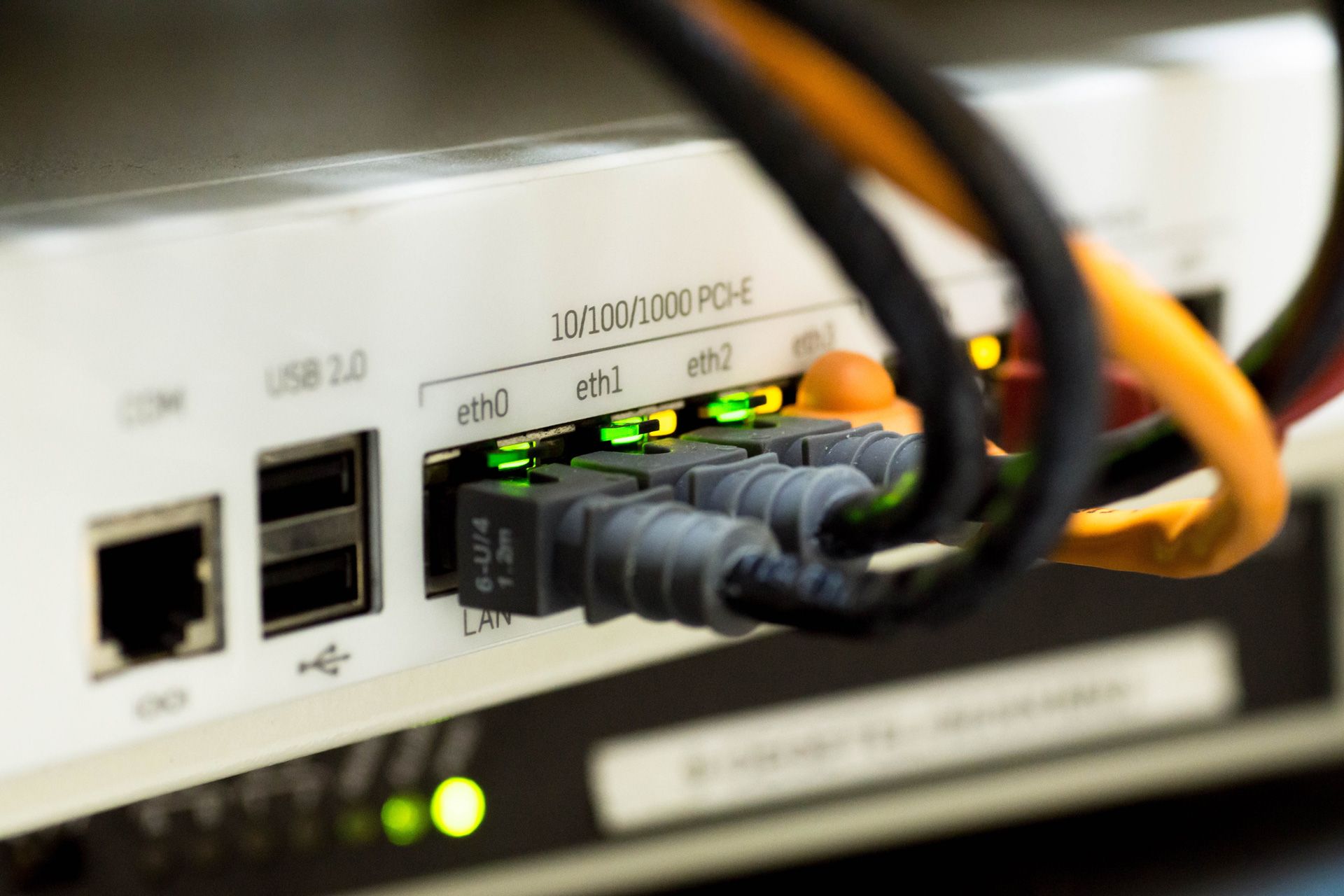
In the ever-evolving landscape of digital connectivity, understanding the nuances of cable standards like Cat 5e, Cat 6, and Cat 6a is crucial for optimizing your network's performance. Whether you're a gaming enthusiast seeking low latency, a professional in need of high-speed data transfer, or simply aiming to future-proof your home network, selecting the appropriate cable standard can dramatically impact your experience.
This guide delves into the specifics of each standard, offering insights into their performance characteristics, advantages, and limitations. By comparing Cat 5e, Cat 6, and Cat 6a, we aim to equip you with the knowledge to make an informed decision that aligns with your network requirements, budget considerations, and future aspirations. Join us as we untangle the complexities of cable standards, guiding you towards a seamlessly connected future.
Understanding Cable Standards
Cable standards are more than mere specifications; they are the blueprint that dictates your network's capacity for speed, efficiency, and scalability. As we navigate through Cat 5e, Cat 6, and Cat 6a, it's essential to grasp how these standards influence your network's backbone, affecting everything from data transmission rates to bandwidth and resistance to interference.
Each standard is engineered to meet specific networking demands, ensuring that your digital infrastructure is not just operational but optimized for both current and emerging technologies. In this section, we'll break down the role of these standards in enhancing network performance, setting the stage for a deeper dive into the capabilities and benefits of Cat 5e, Cat 6, and Cat 6a.
Cat 5e Standard: The Budget-Friendly Workhorse
Cat 5e Standard
Introduced as an enhancement over the original Category 5, the Cat 5e (Category 5 enhanced) standard raises the bar for network cabling. It's designed to support faster data transmission and minimize crosstalk, ensuring that your network communications are both speedy and reliable.
Performance Characteristics
- Bandwidth: Cat 5e cables support a frequency of up to 100 MHz, perfectly suited for most home networks and small business applications.
- Maximum Cable Length: The standard maintains a maximum length of 100 meters (328 feet) for a single run, ideal for typical office or residential layouts.
- Data Transmission Rates: Capable of delivering speeds up to 1 Gigabit per second (Gbps), Cat 5e is a solid choice for internet browsing, file sharing, and streaming HD video.
Advantages
- Cost-Effectiveness: Among its greatest strengths is its affordability. Cat 5e offers a practical solution for those seeking reliable performance without the high cost.
- Backward Compatibility: It seamlessly integrates with existing Cat 5 and even older networks, making it a versatile option for upgrades or expansions.
Limitations
- Speed Limitations: While 1 Gbps is ample for many current applications, Cat 5e may not suffice for environments with higher bandwidth demands, especially as 4K video streaming and virtual reality become more prevalent.
Cat 5e strikes a balance between cost and performance, making it an attractive option for users seeking a reliable network solution without breaking the bank. Its ability to support up to 1 Gbps makes it a suitable choice for most residential and small office applications, where high-speed internet access and general network use are the primary requirements.
Cat 6 Standard: The Middle Ground for Performance
Cat 6 Standard
The Cat 6 standard represents a significant leap forward in network cabling, designed to accommodate the growing demand for higher data transmission speeds and bandwidth. It's tailored for environments where network performance can directly impact productivity and efficiency.
Performance Characteristics
- Bandwidth: Cat 6 cables are engineered to support frequencies up to 250 MHz, doubling the capacity of Cat 5e and facilitating smoother and faster data transmission.
- Maximum Cable Length: The optimal length for a single run is 100 meters, but for 10 Gbps speeds, it's recommended to limit the length to 55 meters to prevent degradation.
- Data Transmission Rates: Cat 6 cables can achieve data transmission speeds of up to 10 Gbps over short distances (up to 55 meters), making them well-suited for applications requiring high-speed connectivity.
Advantages
- Enhanced Crosstalk Reduction: Thanks to improved internal shielding, Cat 6 cables offer superior protection against crosstalk and noise, ensuring more reliable data transmission.
- Future-Ready: With its support for higher bandwidth and speeds, Cat 6 is a robust choice for businesses looking to future-proof their network infrastructure against upcoming technologies.
Recent Trends
The adoption of Cat 6 has been on the rise, particularly in settings that necessitate higher bandwidth and faster data transmission rates. Its ability to support next-generation internet speeds and network applications makes it a preferred option for medium to large businesses, as well as tech-savvy homeowners seeking to maximize their network performance.
Cat 6 stands out as a versatile and forward-looking solution that bridges the gap between cost-effectiveness and high-end performance. It is particularly appealing for users who anticipate the need for increased network capacity, whether for professional video editing, streaming high-definition content, or connecting a multitude of smart home devices. By choosing Cat 6, you're not just investing in your current needs but also paving the way for seamless integration of emerging technologies.
Cat 6a Standard: The High-Performance Front-Runner
Cat 6a Standard
Cat 6a, the "a" standing for "augmented," takes the capabilities of Cat 6 cables and amplifies them, setting a new standard for network performance. Designed for the most demanding networks, Cat 6a supports higher data rates over longer distances, making it the go-to choice for advanced networking requirements.
Performance Characteristics
- Bandwidth: Doubling the bandwidth of Cat 6, Cat 6a cables support frequencies up to 500 MHz. This enhancement facilitates greater data throughput and improved network efficiency.
- Maximum Cable Length: Like its predecessors, Cat 6a maintains the 100-meter maximum length for a single run, but crucially, it supports 10 Gbps speeds across its entire length without performance drop-off.
- Data Transmission Rates: The standard is optimized for 10 Gigabit Ethernet over the full 100 meters, catering to environments that require top-tier data transmission capabilities.
Advantages
- Superior Alien Crosstalk Mitigation: Cat 6a significantly reduces alien crosstalk, a form of interference from nearby cables, ensuring cleaner, more reliable connections for high-speed networks.
- Future-Proofing: With its high bandwidth and long-distance 10 Gbps support, Cat 6a is an ideal choice for data centers, enterprise networks, and users looking to future-proof their infrastructure against the next wave of network technologies.
Market Demand:
The demand for Cat 6a is driven by sectors anticipating rapid growth in their data needs or preparing for advancements in network technology. Its adoption underscores a commitment to leveraging the highest level of performance and scalability available in structured cabling today.
Cat 6a represents the pinnacle of structured cabling standards, offering unmatched performance for cutting-edge applications. Whether it's facilitating seamless 10 Gigabit Ethernet across an entire network, supporting intensive data center operations, or enabling high-speed connectivity in large commercial buildings, Cat 6a stands out as the premier choice.
Its emphasis on reducing crosstalk and maintaining signal integrity over longer distances sets a new benchmark, ensuring that networks are not just fast and reliable today but are also ready for the technological demands of tomorrow.
Factors to Consider When Choosing Cable Standards
Selecting the ideal cable standard for your network isn't just about picking the highest number or the latest technology. It requires a thoughtful evaluation of several key factors:
Network Requirements:
Assess the data speed and volume your network will handle. High-definition video conferencing, large-scale file transfers, and cloud-based applications demand the high bandwidth and data rates that Cat 6 and Cat 6a offer.
Future-proofing Considerations: Technology evolves rapidly, and so do the demands on your network. Choosing a cable standard that not only meets your current needs but also accommodates future growth and technological advancements is crucial.
Budget Constraints:
Higher performance often comes with a higher price tag. While Cat 6a provides superior bandwidth and data rate capabilities, it's also more expensive than Cat 5e and Cat 6. Balancing performance needs with budget limitations is key.
Environmental Factors:
Conditions such as temperature, humidity, and electromagnetic interference can impact cable performance. Cat 6 and Cat 6a cables are better equipped to handle interference, but they might require more careful installation and handling compared to Cat 5e.
Comparison and Decision-Making
When it comes down to choosing between Cat 5e, Cat 6, and Cat 6a, consider the following comparison:
Cat 5e:
Offers a cost-effective solution with adequate performance for most home networks and small businesses that don't require high-speed data transfer. It supports up to 1 Gbps speeds and up to 100 MHz bandwidth, suitable for general internet use and standard video streaming.
Cat 6:
A middle ground that supports higher data speeds up to 10 Gbps over short distances (up to 55 meters) and a bandwidth of up to 250 MHz. It's well-suited for medium-sized businesses and environments with higher data transfer needs, including some video surveillance and streaming applications.
Cat 6a: The premium choice that delivers the highest performance, supporting 10 Gbps speeds over the full 100 meters and a bandwidth of up to 500 MHz. Ideal for data centers, large enterprises, and network environments anticipating future expansion or requiring support for intensive applications.
Conclusion
The journey through the world of cable standards—from Cat 5e to Cat 6 and Cat 6a—highlights the importance of selecting the right cable to meet both current and future network performance requirements. By carefully considering your network's specific needs, future-proofing goals, budget constraints, and environmental factors, you can make an informed decision that ensures your network infrastructure is robust, reliable, and ready for the demands of tomorrow.
Whether you're upgrading an existing network or building a new one from scratch, remember that the right cabling foundation can significantly impact your network's efficiency, scalability, and overall performance. Assess your performance needs, consult with experts if necessary, and choose a cable standard that aligns with your strategic objectives.
Ready to optimize your network's performance with the right cabling solution? Reach out for further assistance or consultation, and take the next step towards a future-ready network infrastructure.
